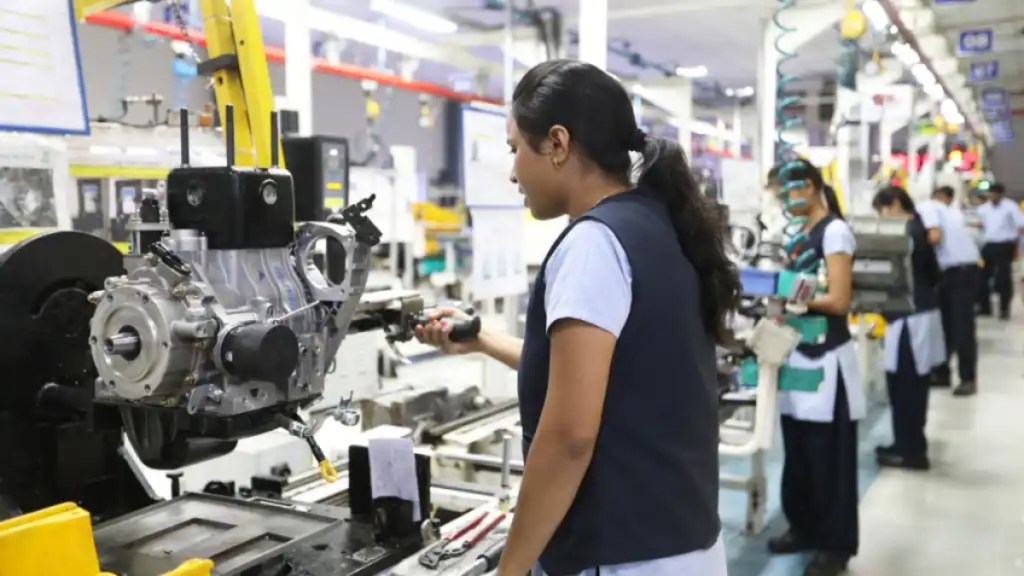India’s growth story for the last many years has been led by the services sector, which often relies on individuals mostly armed with a bachelor’s degree and above. But this also translates to a large population of young people being absolved of their chances due to a lack of formal education.
On the other hand, even in the manufacturing sector, the quality of jobs and the potential to grow one’s earnings has been limited due to most of these individuals not being in a position to grow their careers by advancing their education.
This has created a mix-match in the availability of quality workforce and jobs. This is where the apprenticeship-led model could play a key role in driving India’s manufacturing industry.
As per Sumit Kumar, Chief Business Officer, TeamLease Degree Apprenticeship, “Any developed economy has about 3-4% participation of apprentices in the labour market; in India, it is just 0.1%. If we were to apply the same percentage of developed economies to the Indian market, we could have 20 million apprentices. With the growing demand for talent due to government initiatives like ‘Make in India, ‘PLI, etc. the need for skilled workers has to increase, and hence we expected the demand for apprenticeship to grow in times to come.”
Challenges
He says that in India, hiring an apprentice/apprenticeship isn’t very aspirational. The youth is more inclined towards employment instead of apprenticeships, which is very natural to happen. As a result, employers end up having to hard sell the youth for apprenticeships.
Then there is the challenge of finding the right candidates for apprenticeships, especially in the services sector. Though there is a government portal that has a huge databank of registered candidates, “relevance and awareness is a huge challenge”.
Since the system is highly regulated and fragmented (NATS Vs NAPS; the role of BOAT Vs DGT Vs NSDC; Apprenticeship under MSDE Vs MoE) makes the whole system is complicated to understand and implement. This confuses the employers, and they avoid doing apprenticeships.

“However, the government needs to simplify the system which is highly fragmented and regulated. A simplified system will lead to scaling up the apprenticeship engagement. Also, there has to be a mass awareness drive in schools and colleges; and with the industry to promote apprenticeship adoption. As more and more academic bodies start implementing DA with industry collaboration, we can see more youth aspiring to take up apprenticeships,” says Kumar.
He says at present, almost all automakers are engaging with apprentices under NAPS or NATS or both. But it is not just restricted to OEMs, even ancillary manufacturers, large and medium-sized, are looking at apprentices to build capacity and capabilities.
Why options like solution TeamLease may make a difference?
To solve the challenge and also provide a fillip to the future of apprenticeship one needs to acknowledge the fact that at present a gap exists in the industry. There is low awareness and understanding about Degree Apprenticeship. This entails a collaboration between academia and industry to curate the program and execute the program which starts with designing the curriculum and keeping the job roles and skill sets into consideration. There needs to be an equal and joint effort in implementing the program and assessing the outcome.
TeamLease Degree Apprenticeship program links apprenticeship with higher education. It is based on UGC guidelines as per New Education Policy 2020. A 3-year program with 6 modules covering multiple QPs up to NSQF level 7. Stipend is also being paid to these apprentice.



















